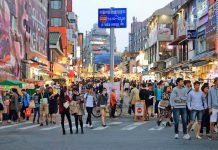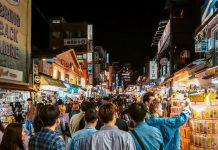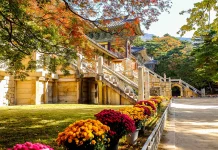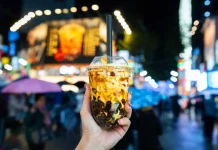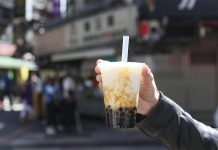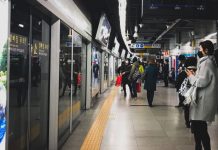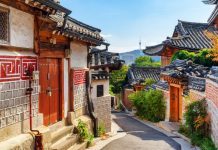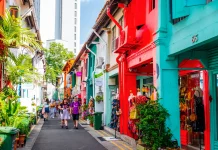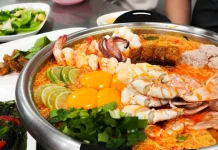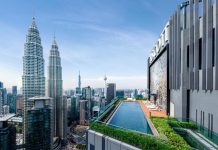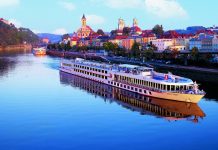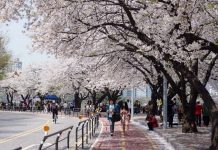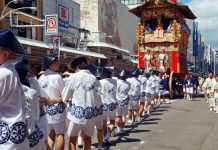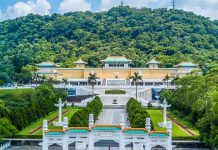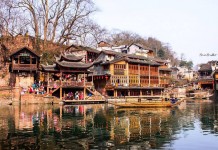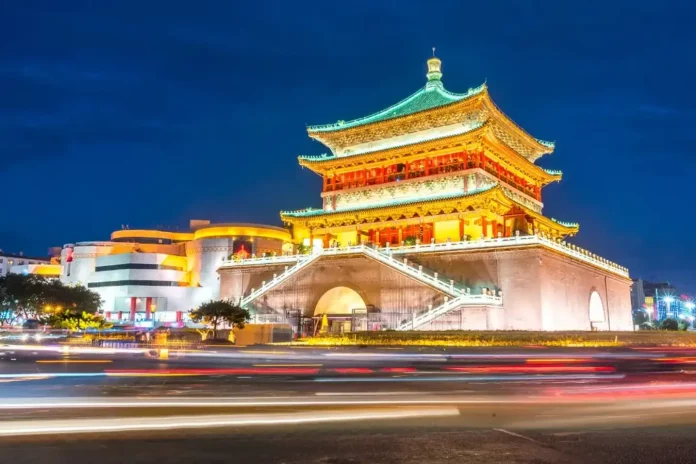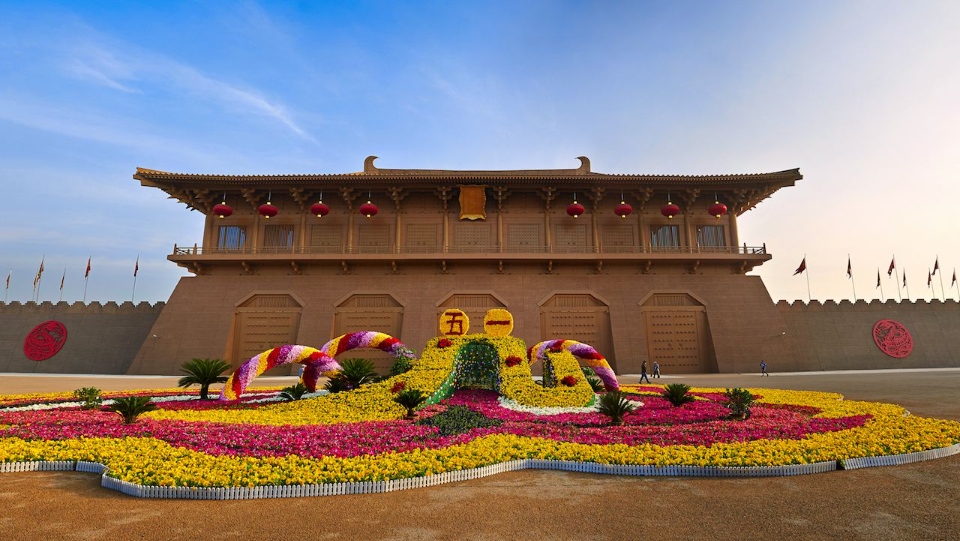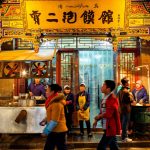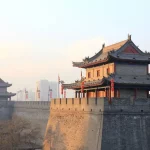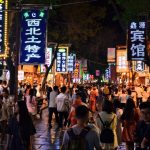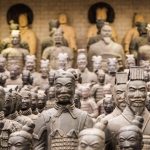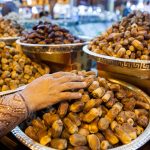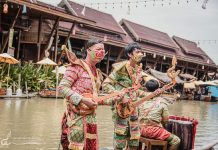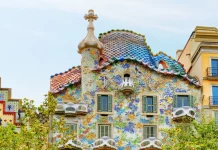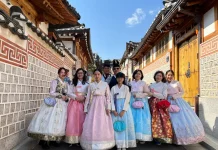Xi’an (Chang’an) is the oldest of China’s Four Great Ancient Capitals (Beijing, Nanjing, Luoyang), serving as the capital city of 13 feudal dynasties spanning a 1,100-year history from 221 BC. Xi’an is the “cradle” of Chinese civilization. So, is Xian worth visiting, how to visit Xian, what to do in Xian and how to plan a budget trip to Xian for the first-time perfectly? Let’s check out our Xian travel blog (Xian blog, Xian China travel blog) with the fullest Xian travel guide (Xi An China guide, Xi An China travel guide, Xian tourist guide, Xian city guide, Xian China travel guide) from how to get to Xian, best places to visit, best time to come, what to eat as well as top things to do in Xian to help you maximize your trip as follows!
- Guide to Xian nightlife (Xi An China nightlife) — 9+ what to do, where to go & best things to do in Xi An at night
- Where to visit in Xian? — 8 must-see & best places to visit in Xi An, China
- Xi’an night market — 10 best Xi an night market you should visit
- What to buy in Guangzhou? — 11+ best things to buy in Guangzhou & best shopping places in Guangzhou
- Where & what to buy in Nanjing? — 7+ must-buy Nanjing souvenirs & best things to buy in Nanjing
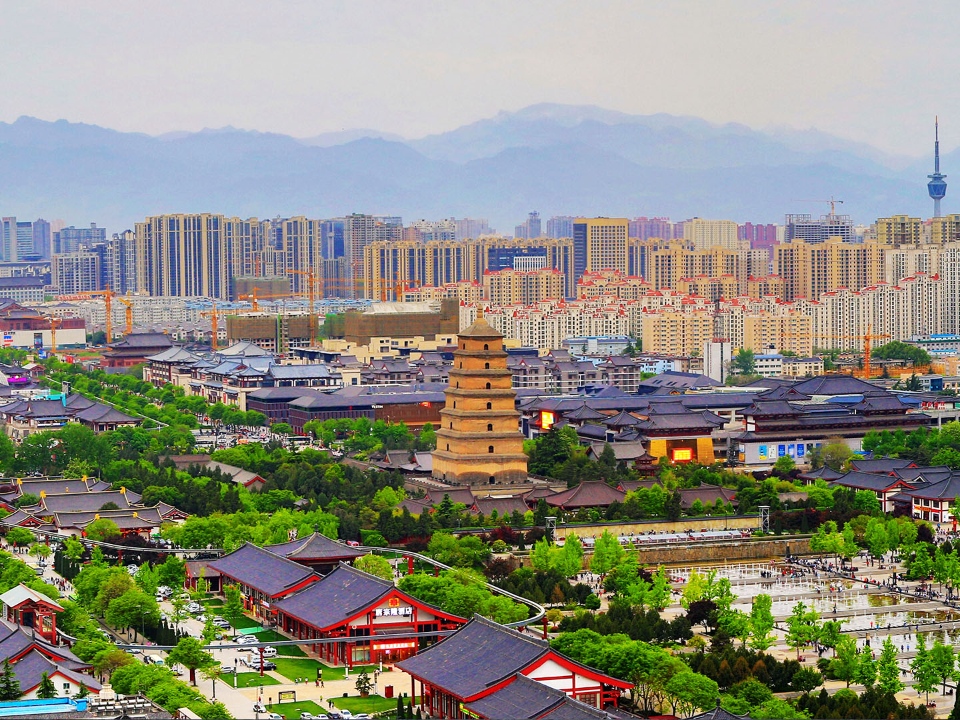
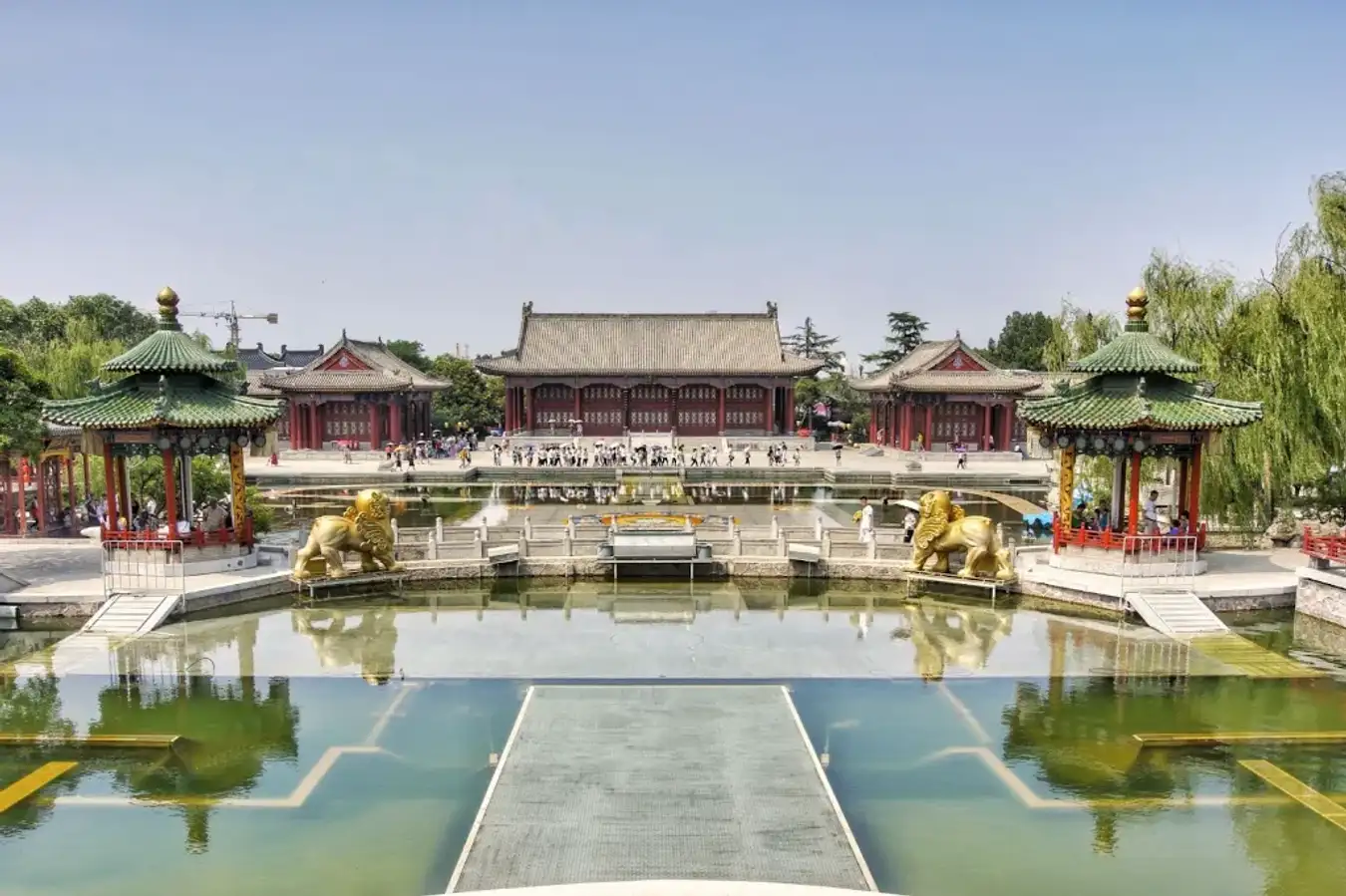
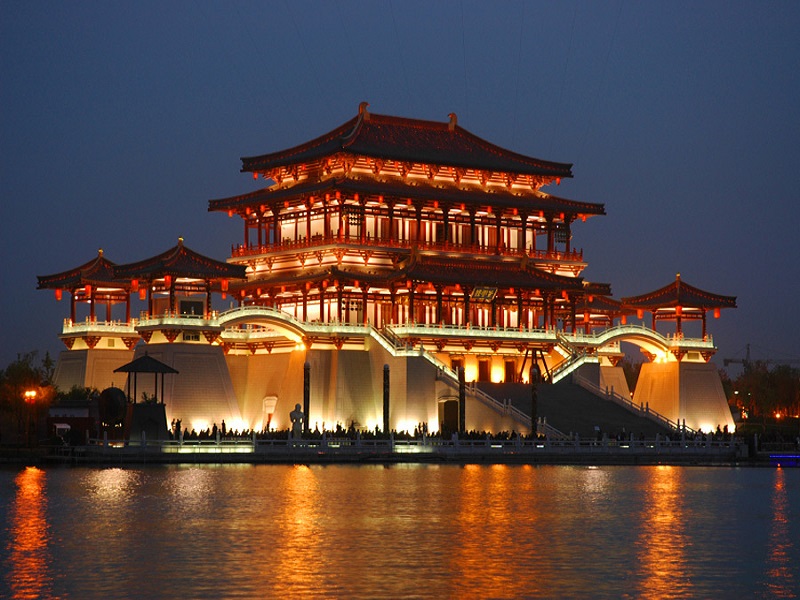
With a history of more than 3,100 years, this place still retains its potential value, worthy of being one of the largest developed cities in the Northeast of China and one of the top ten major cities in China. This land is the cradle of the Yellow River basin civilization, accompanied by famous Chinese historical figures: Qin Shi Huang, Wu Zetian… Therefore, the ancient beauty of the ancient capital Xi’an is getting bigger and bigger. Many foreign tourists come here to visit and study. Today, many heads of state and people from all walks of life come to this city to expand their understanding of Chinese civilization.
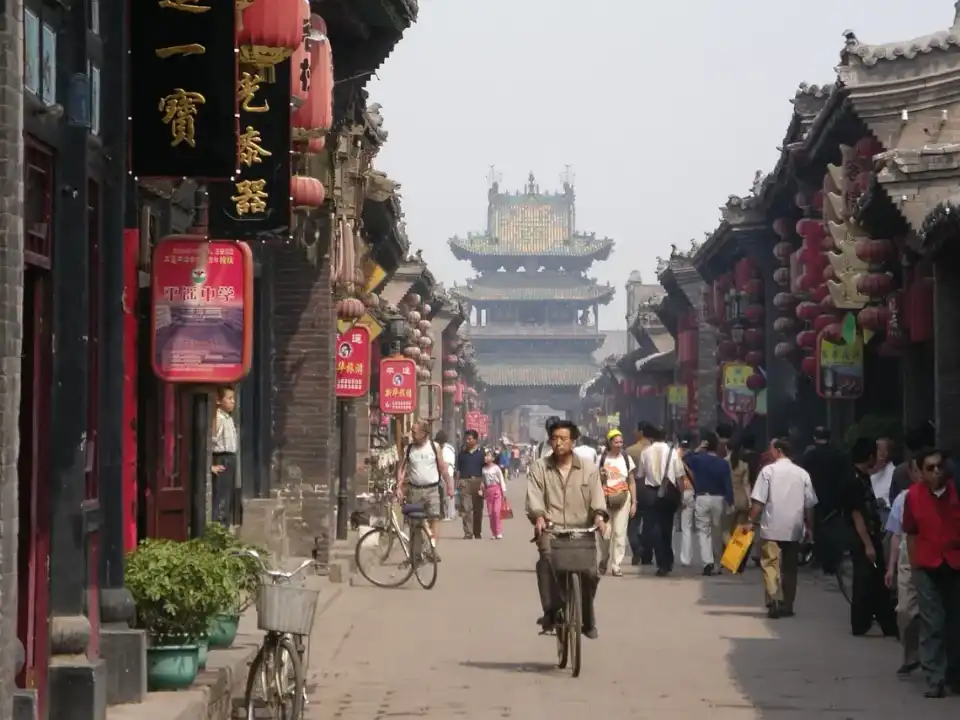
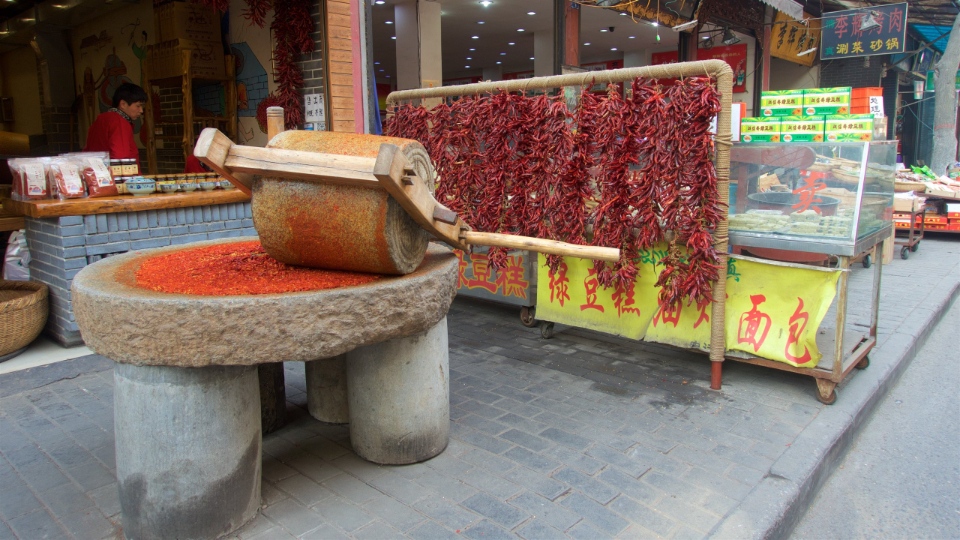
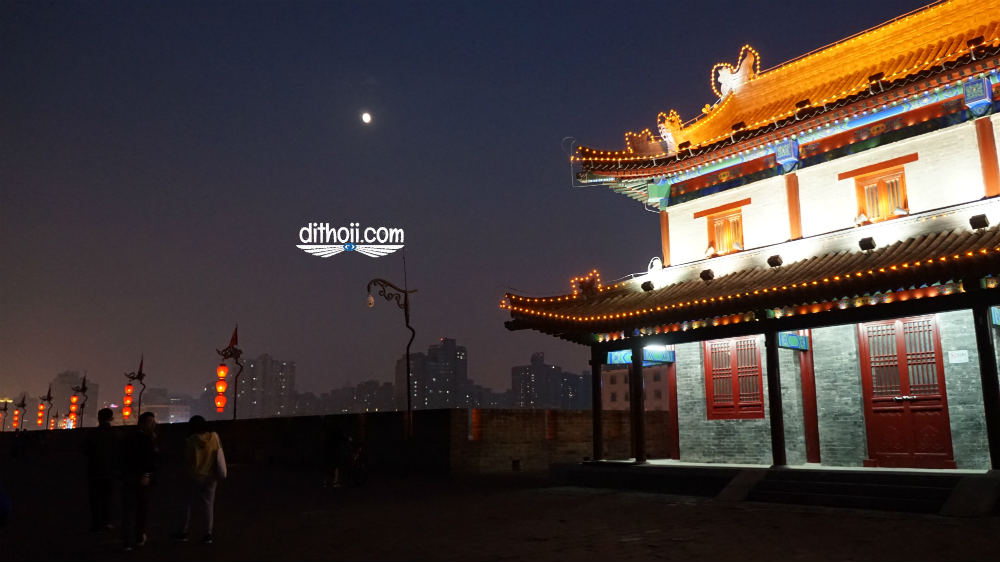
Overview of Xian (# xian travel blog)
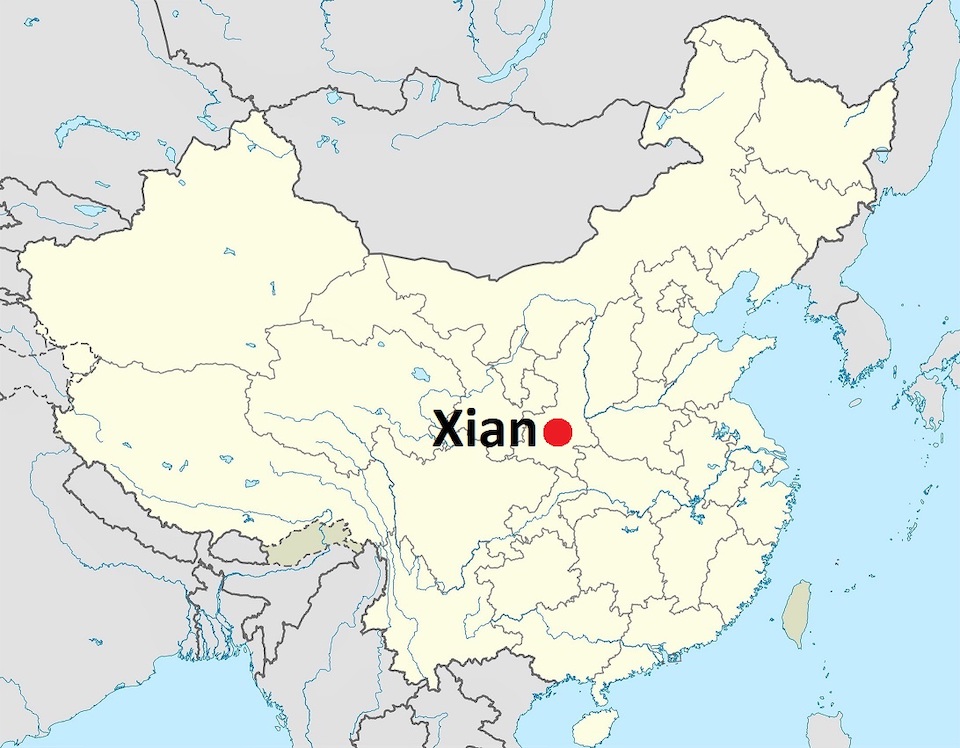
Xi’an is the capital city of Shaanxi province, China. This is a city directly under the province. During the feudal era, Xi’an was one of the four great capitals. Not only that, Xi’an is also the eastern end of the ancient Silk Road. Thus, it can be said that Xi’an plays an important role in economics and trading. Therefore, in the Northwest region, Xi An is the largest and most developed city.
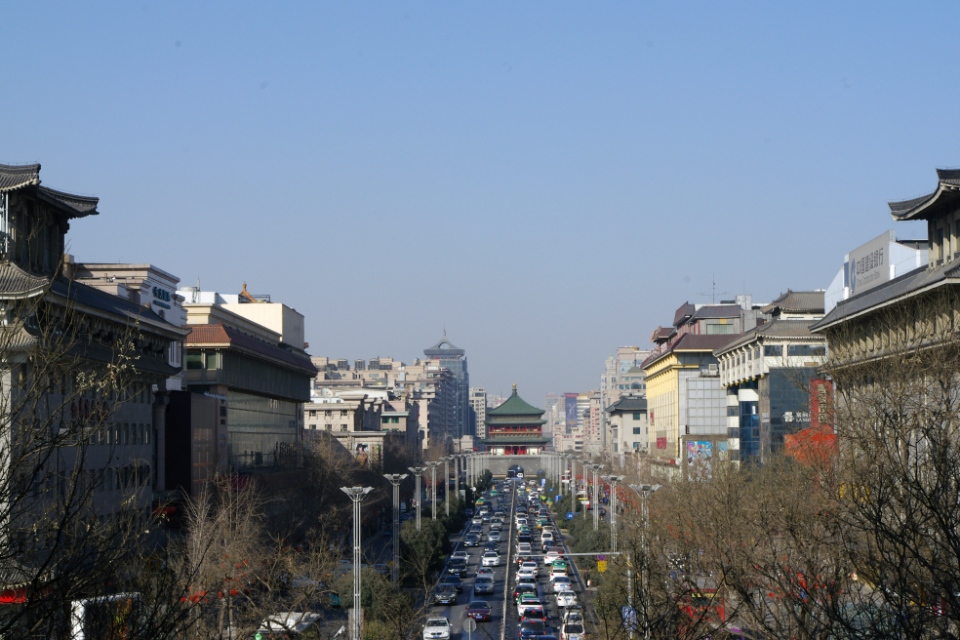
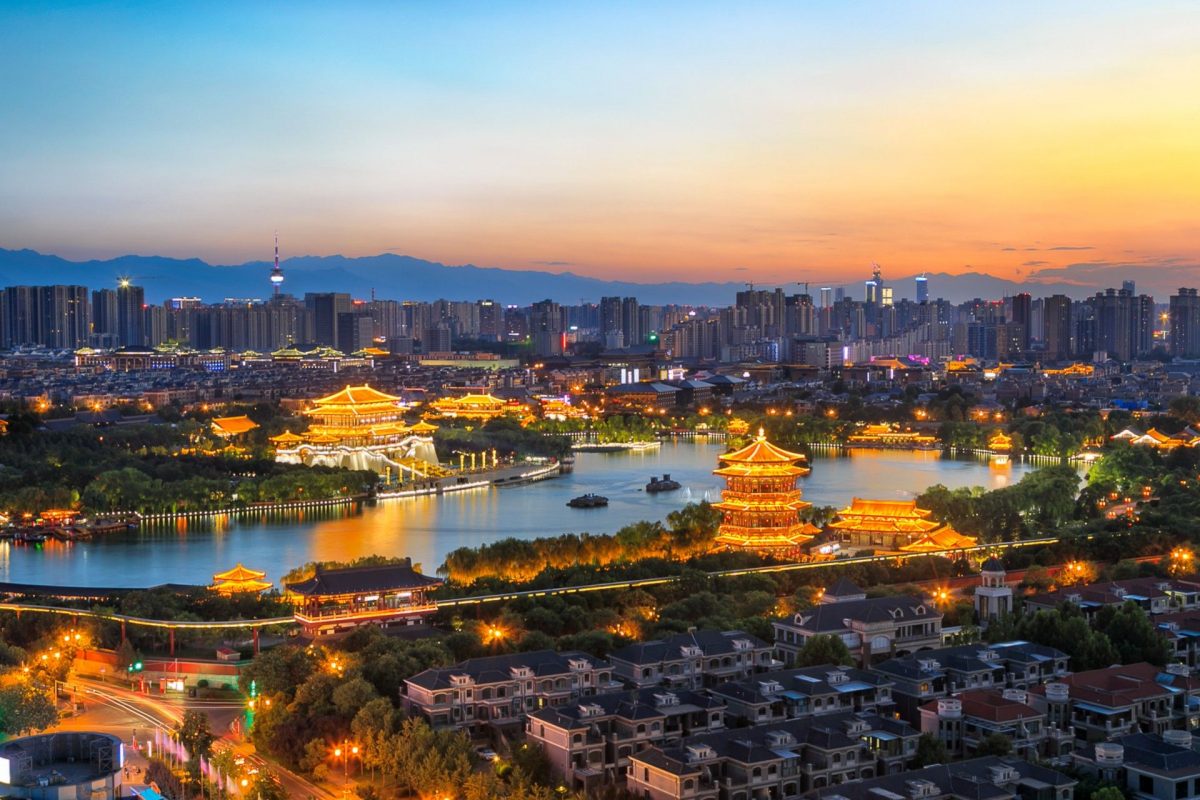
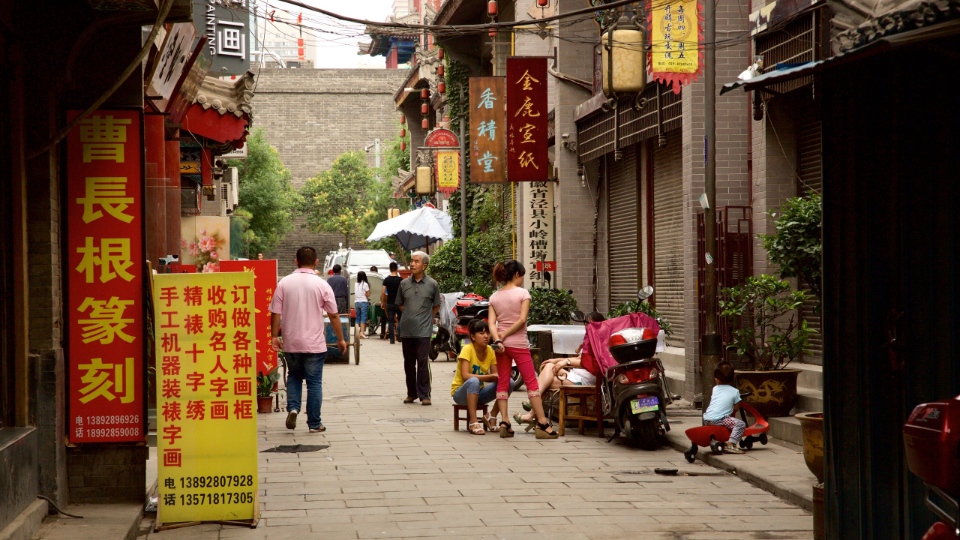
Xi’an formerly known as Chang’an and Haojing is located in the northwest of China, in the middle of the Guanzhong Plain, bordered by the Weihe River to the north and the Qinling Mountains to the south. Xi’an is a “World Historic City” recognized by UNESCO in 1981, one of the important cradles of Chinese civilization and nation.
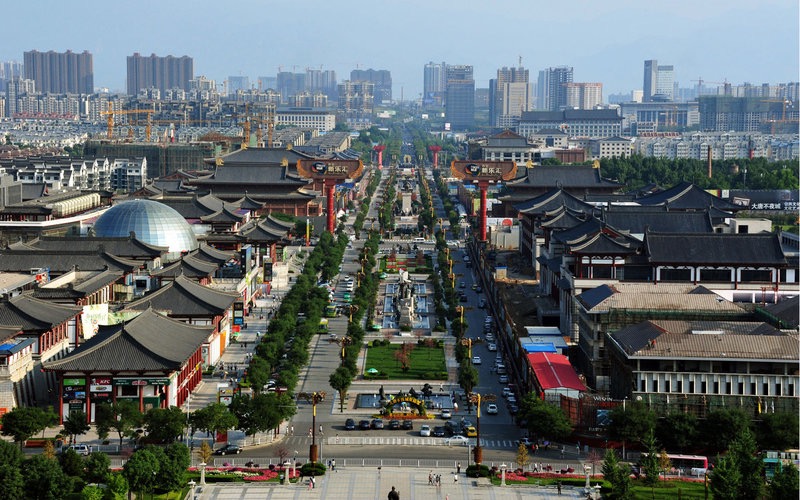
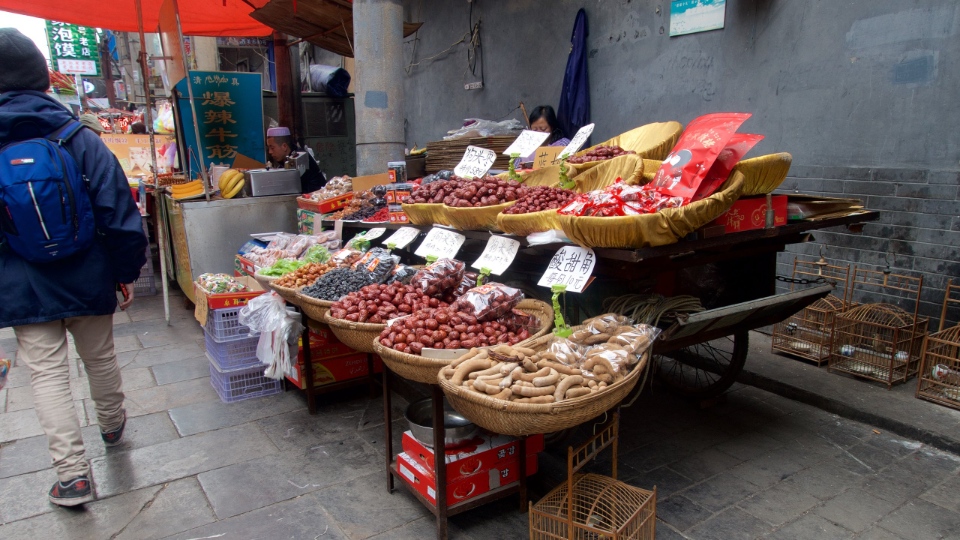
Xi’an was the final point on the eastern side of the legendary Silk Road, and played a huge role in the history of China’s development. It is a hidden place of ancient legacies that can be mentioned such as: The world-famous Terracotta Army of Qin Shi Huang or the Qin Dynasty ancient capital of Xianyang.
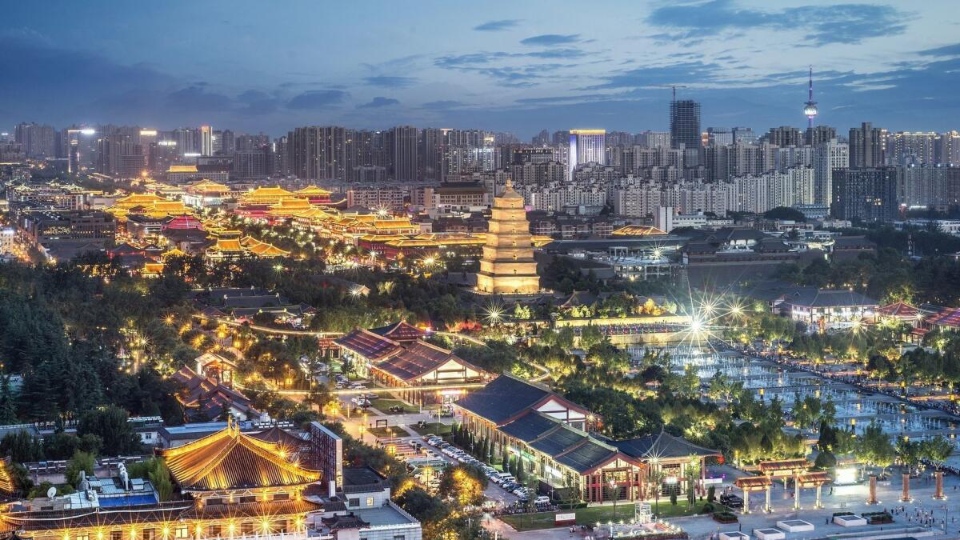
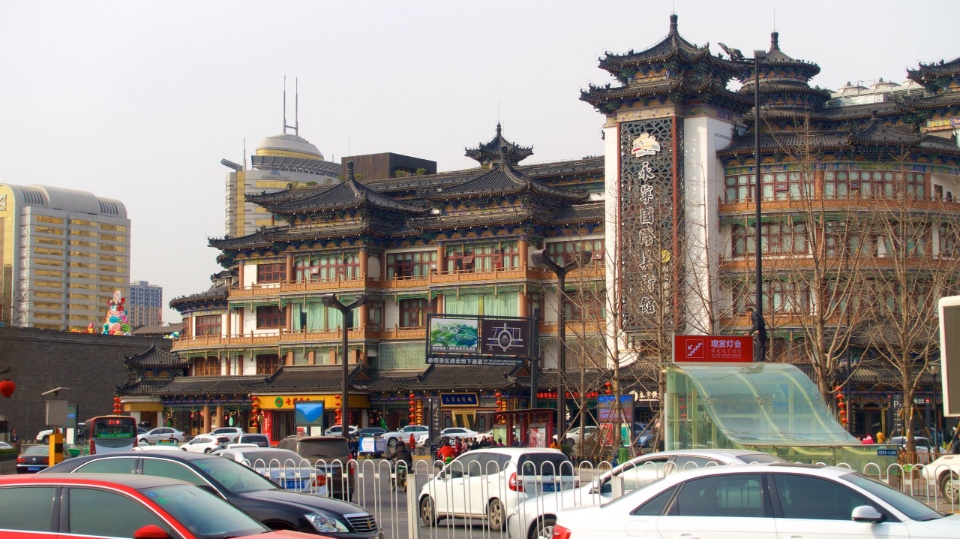
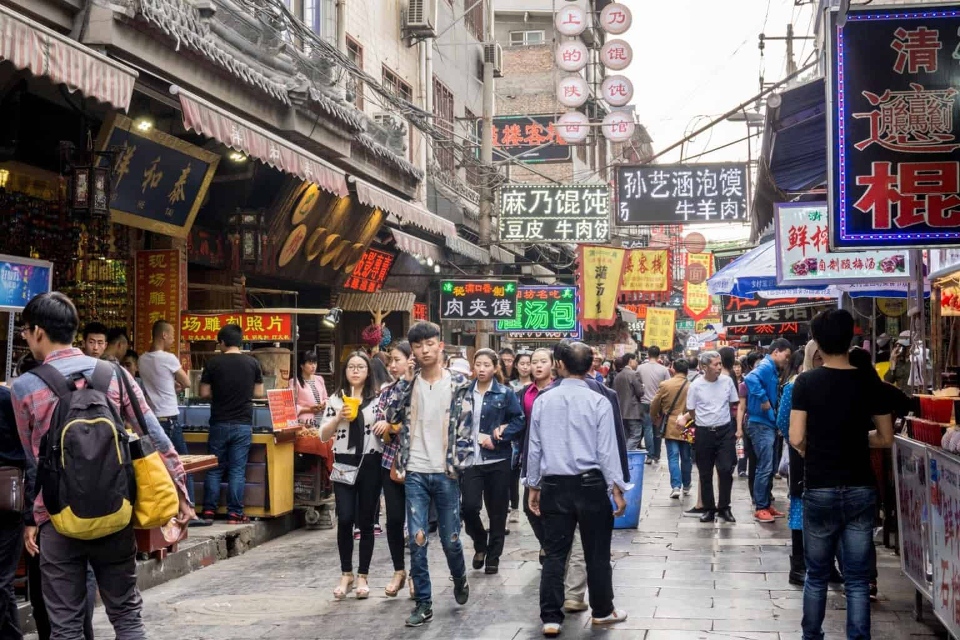
Xi’an has a treasure trove of long-standing historical relics, including:
- There are 72 royal tombs.
- More than 700 historical sites from ancient temples to citadels and city walls surround it.
- Some of them have been listed on the UNESCO World Heritage List.
The city is also known for its diverse cuisine with strong Chinese characteristics. It has been said that there are more than 1,000 dishes across the streets in Xi’an.

When is the best time to visit Xian? (# xian travel blog)
Xi’an has a temperate and continental monsoon climate, with four distinct seasons. Summers in Xi’an are hot and rainy, while winters here are usually cold and dry.
Spring (March to May) (# xian travel blog)
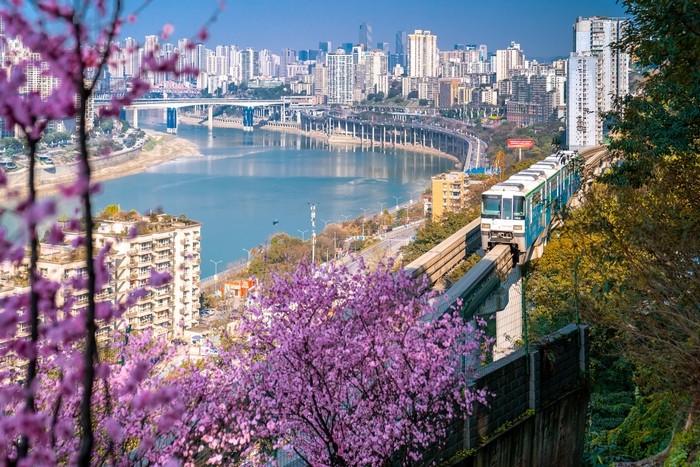
At this time the weather is warm, hundreds of flowers bloom everywhere. The breeze is gentle and the sunlight is warm. The weather is very suitable for you to visit and participate in outdoor activities. Note that this period also often sees dust storms due to rapidly rising temperatures. Therefore, tourists should bring masks and thin long clothes for the best experience.
Summer (June – August) (# xian blog)
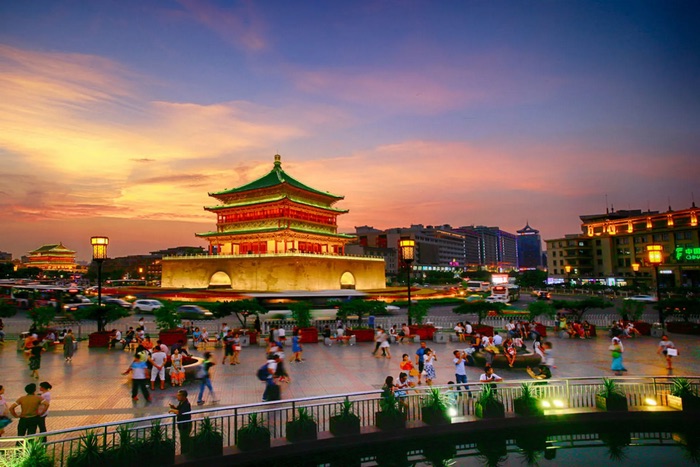
The summer climate is hot and humid. In addition to hot days, there are also showers. Coming to Xi’an in the summer, you need to prepare sunscreen, hats, hats, umbrellas, etc. Tourists should avoid going to outdoor attractions at noon, such as: The ancient city wall, instead you should can visit indoor attractions such as the Shaanxi History Museum.
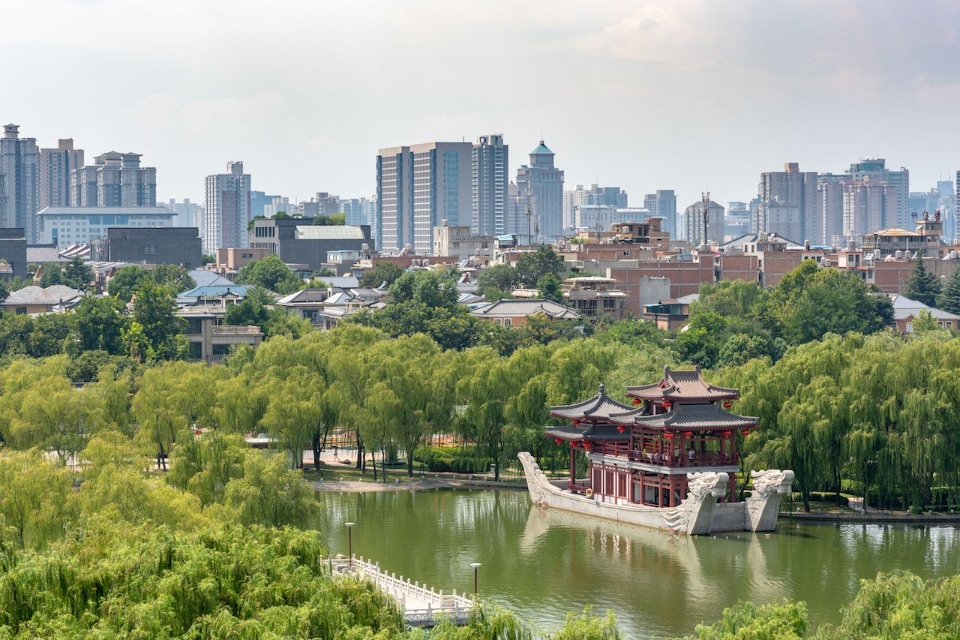
Note: Bring sunglasses, sunscreen and a hat, eat lots of fruits and vegetables and drink plenty of water when sightseeing. Prioritize visiting the cool mountains around the city like Huashan Mountain which is popular among tourists to escape the heat.
Autumn (September – November) (# xian china travel blog)
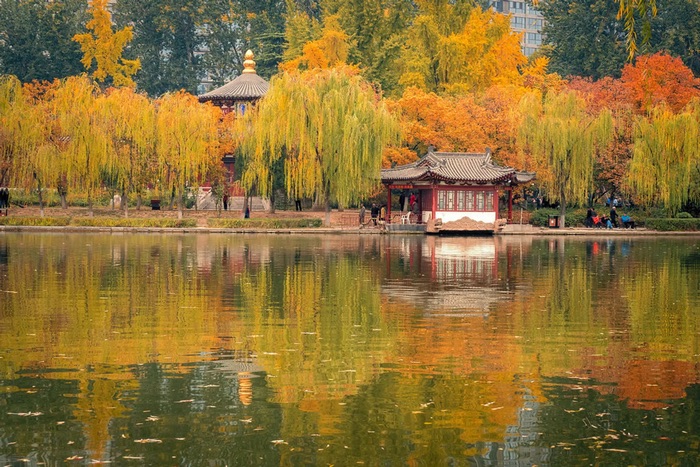
Xi’an’s autumn days are tinged with red and yellow leaves. The weather in Xi’an in the fall will become cool, very suitable for outdoor picnic activities. However, during this time Xi’an sometimes has cloudy skies accompanied by quite heavy rain. You should carefully prepare yourself with a raincoat and umbrella to avoid these sudden rains. It should be noted that because it is the peak tourist season, most tourists come here during the year, so it will be very crowded and service prices will certainly be much more expensive.
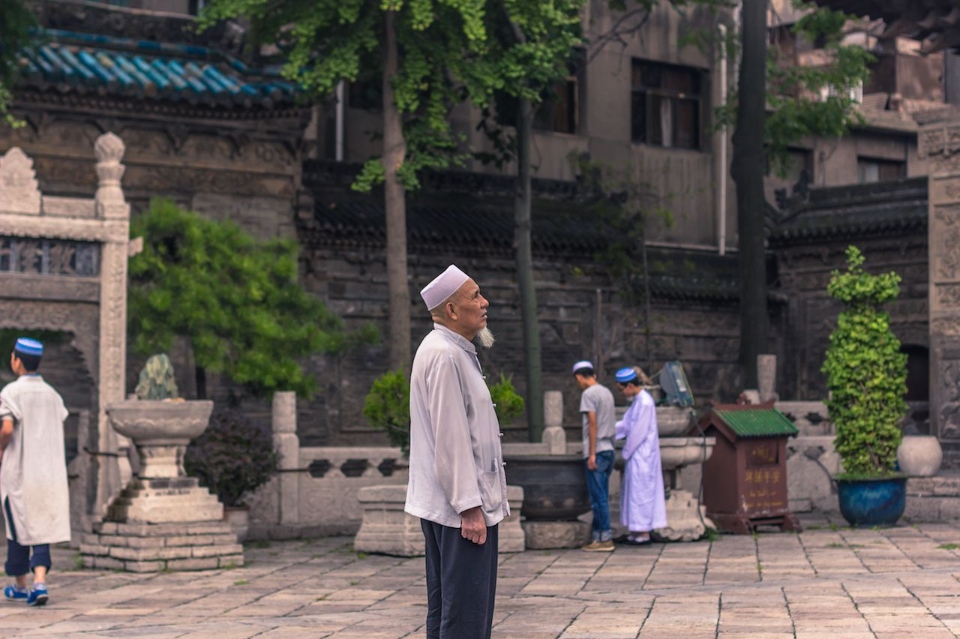
Winter (December – February of the following year)
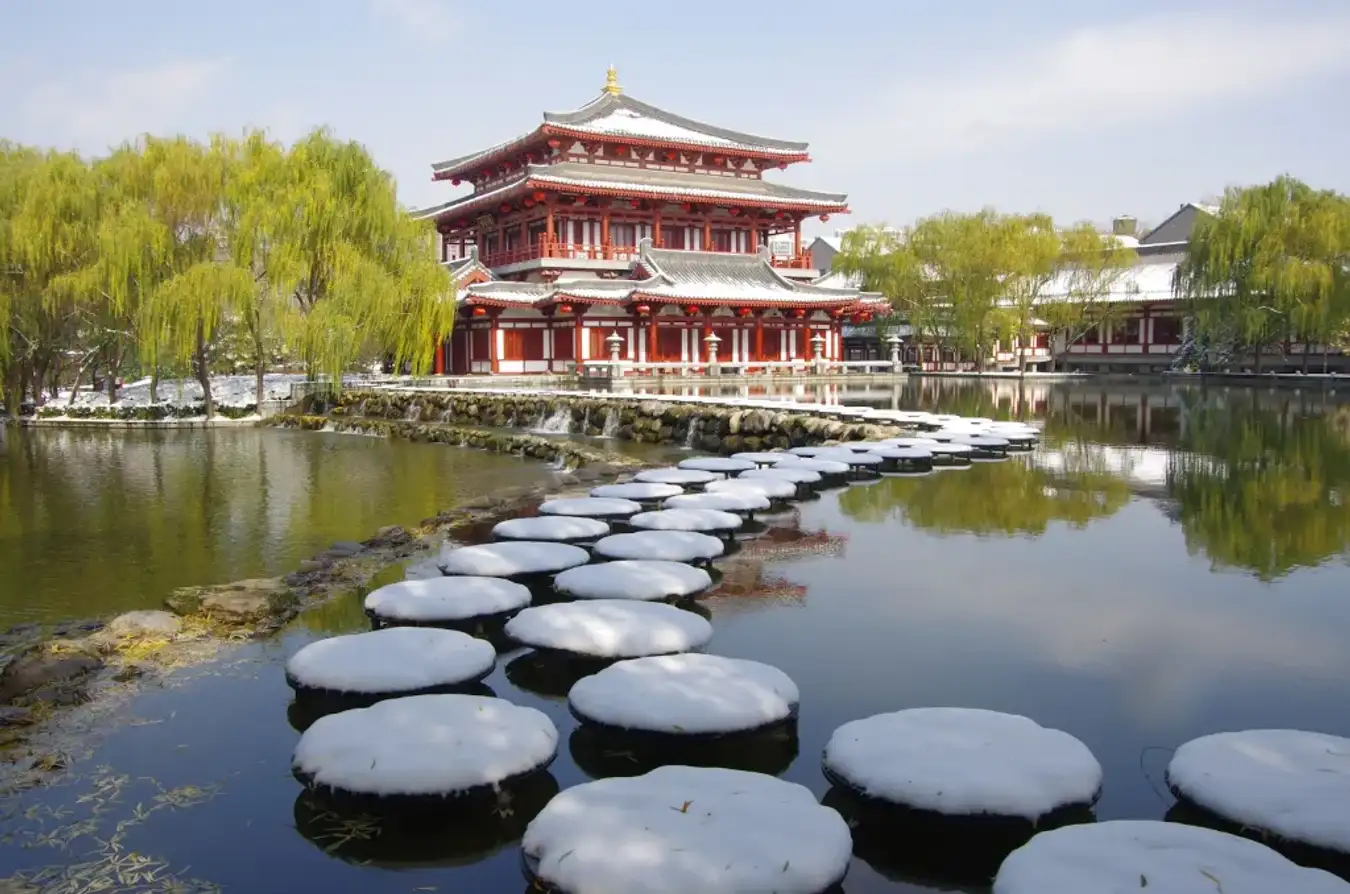
Winter in Xi’an is cold and snowy. The city was now covered in fog, with occasional snowfall. This is an extremely suitable time to participate in skiing to see the city from the ancient city wall. For young people who like to travel but do not have much money to travel, winter will be the right time. Because winter is not the tourist season here, there are relatively few tourists. Therefore, travel costs are much cheaper than during the high season, but some tourist attractions are also closed in winter.

In general, the weather in Xi’an is pleasant all year round, so you can come here any time. However, the best time to visit Xi’an is in spring and autumn – two seasons with very cool and pleasant weather.
What times should you avoid when traveling to Xi’an? (# xian travel guide)
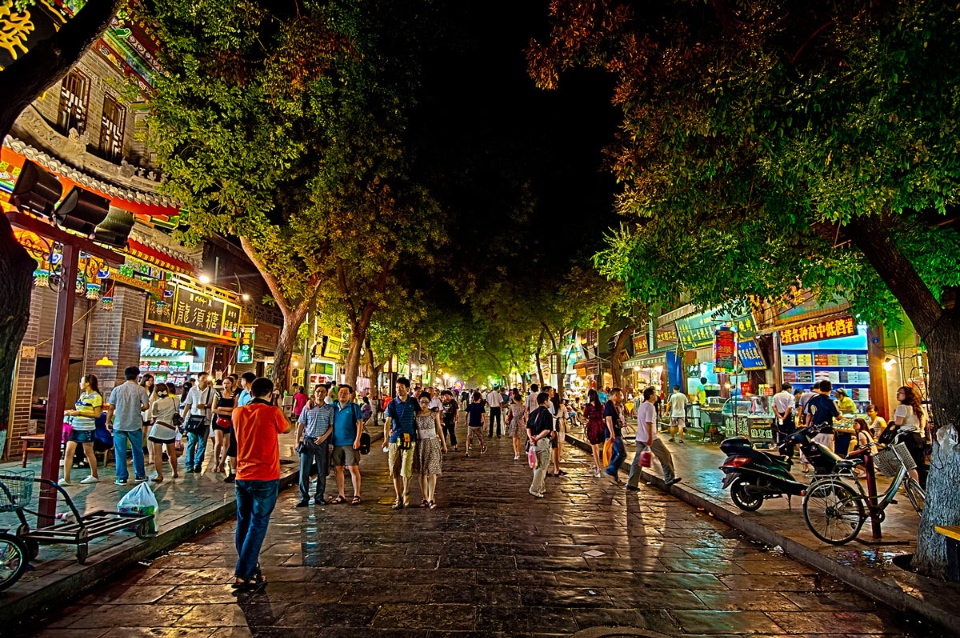
You should not go to on all holidays in China, especially Xi’an. In addition, because Xi’an is also a tourist center in China, when traveling to Xi’an, must pay attention to the worldwide holidays.
- Lunar New Year
- New Year’s Eve
- Lantern Festival (mid-February or early March)
- International Workers’ Day
- Mid-Autumn Festival (mid-September)
- Summer holidays (June-> August)
- National Day (October 1st to 10th)
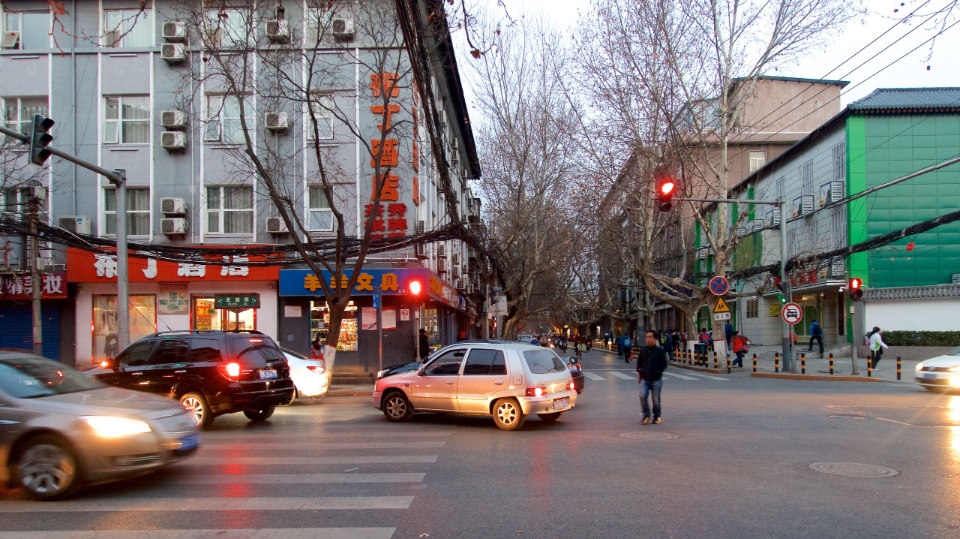
Getting to Xian (# xian travel guide)
Xi’an China is a city with a developed transportation system, allowing tourists to travel here by many different means of transport such as long-distance bus, train, plane. Airplane is the most popular means of transportation today and visitors can book round-trip flight tickets to Xi’an to start their journey. Xi’an Xianyang International Airport (IATA: XIY) is about 50km to the northwest of Xi’an city center.
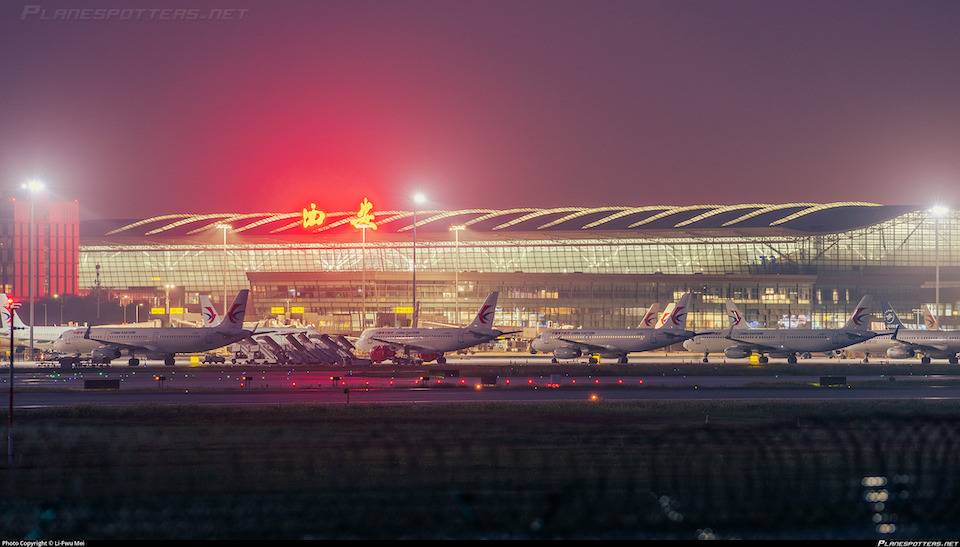
There are many different options when traveling from the airport to the center.
Bus
I want to save money so I choose this option. The important thing is that because I arrived in Xi’an in the evening when there were still buses, I saved a lot of money to go by taxi. The second thing I’m a bit afraid of is because taxis in China are easily scammed if you go alone (I was once scammed and lost a lot of money when taking a taxi in Hangzhou), so the safe choice is still to take a bus if traveling alone like me.
At 9am, when I arrived at Xi’an airport, it was still very crowded, so you can rest assured. The bus trip from the airport to Xi’an center (here, I mean the old station of Xi’an) lasts very late: from 7 am to 2 am the next morning! So, rest assured. If you arrive early in the morning, try to wait for this bus, it will be there at 7am!
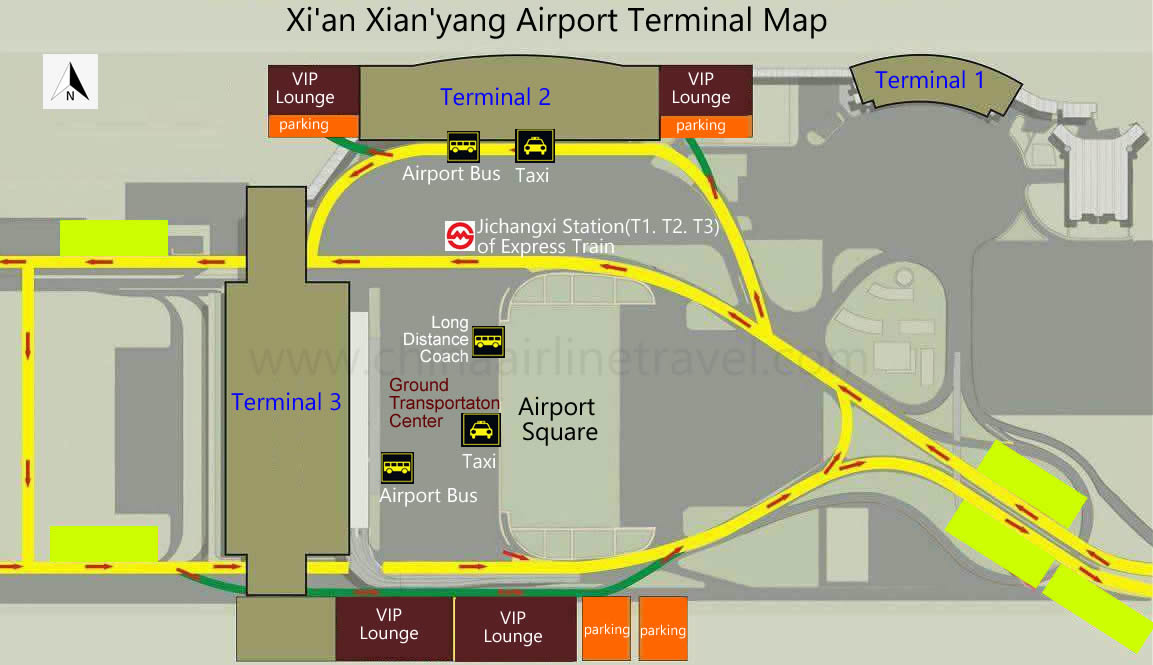
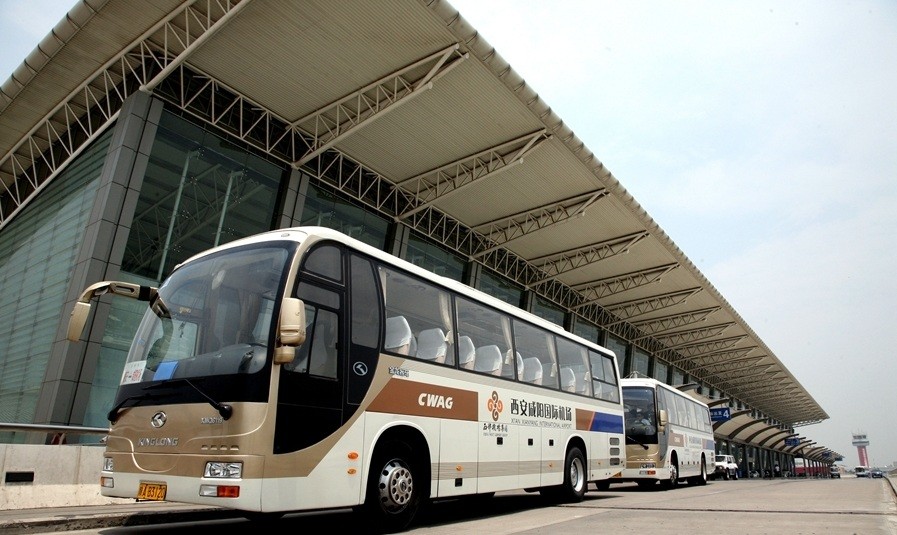
The bus ticket price to Xi’an center when I went was 25 yuan. There is 1 trip every 20-30 minutes. In general, it is very easy to find a place to buy tickets. You go from the Arrival Hall a little bit, you will see the ticket sales place right near the exit.
Its location is on the 1st floor, in Terminal 2, near the exit gate. If you pay attention, to find a place to buy tickets, you should determine which terminal you are flying to. As I learned, there are many popular airlines at Terminal 2:
- JoyAir
- China Eastern Airlines
- Air China
- Hainan Airlines
- Capital Airlines
- Shenzhen Airlines
- Lucky Air
- Tianjin Airlines
- China West Air
- Kunming Airlines
- Shandong Airlines
- China Airlines
- China Postal Airlines
- Fuzhou Airlines
- Urumqi Air
- Air Asia
In addition to the bus route to Xi’an Railway Station, there are also many bus routes to other locations in central Xi’an such as Bell Tower (running until 11pm), West Bus Station (running until 2am the next morning), Xi’an North Railway Station (until 9:30pm)… In general, if you go to the Center, just go to Xi’an Railway station and then take a taxi to the other places for the best, there are many routes, fast and convenient and until 2am the next morning.
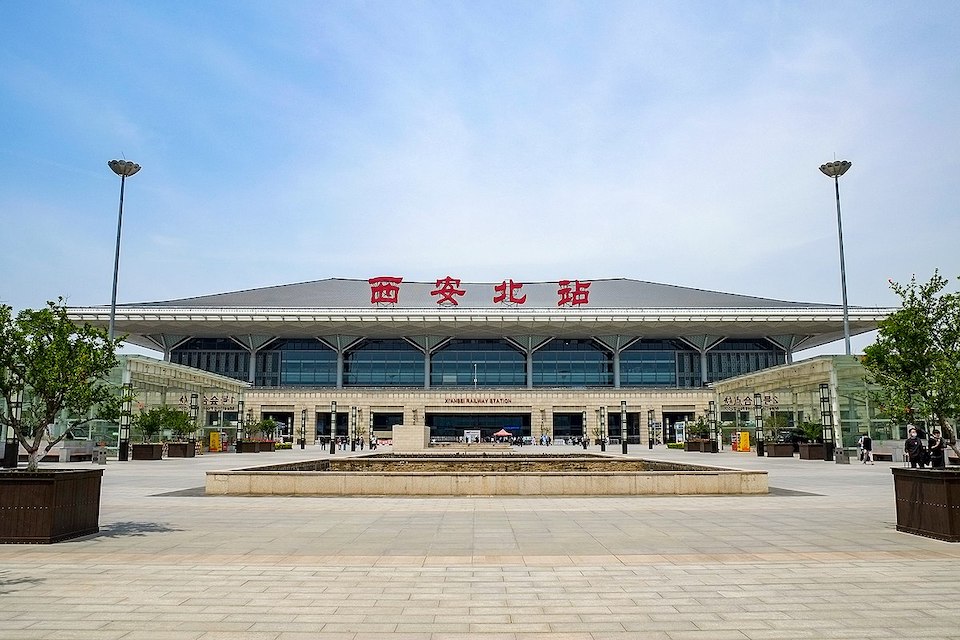
Taxi (# xian guide)
In case you are not traveling alone like me but traveling with a large group, you should consider taking a taxi.
Taxi price is around 120-130 yuan. Just bargain until this price is ok. But to be honest, I don’t have much sympathy for airport taxis in China, they’re all want to get rip off, you should remember to pay attention when they give you change, they often take a cut, give you a bulk, so you won’t notice and lost your money. It’s best to use change, they say you pay exactly how much you pay!
Subway
You can also take subway line 13 to get from the airport to the city center via 10 stations as map shown below.
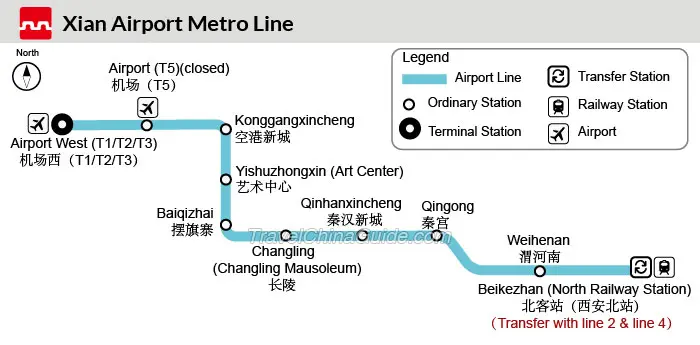
Getting around Xian
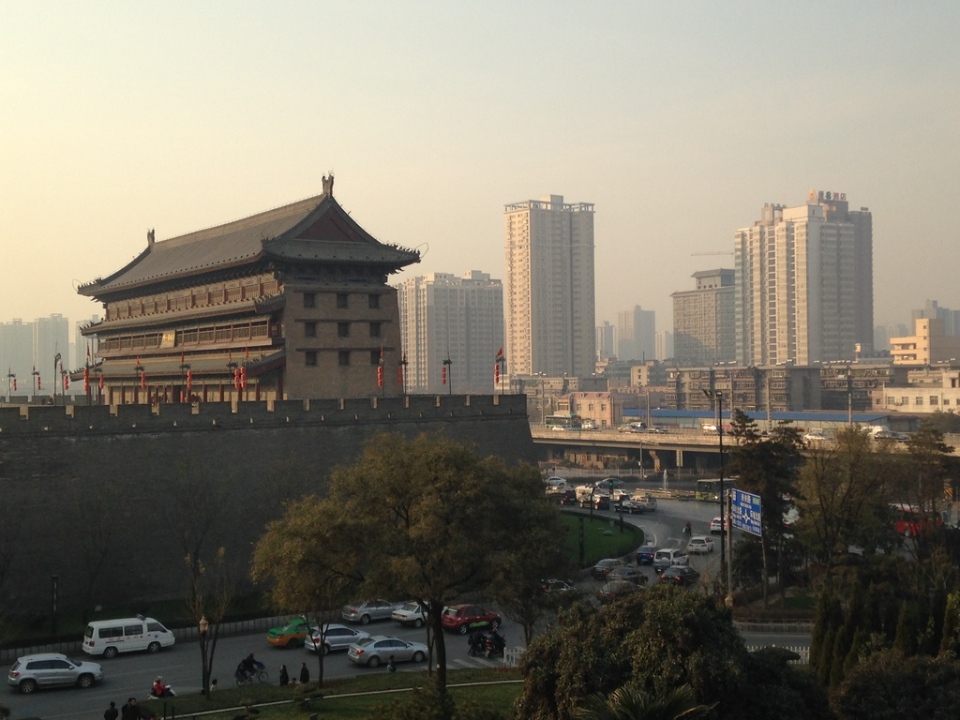
In Xi’an you can travel by many different methods. Bus is the most cost-effective mode. Currently there are more than 200 bus routes in Xian. In addition, the subway is also a quite economical form of both cost and time. In Xi’an there are 6 train stations. Among them, the main station, Xi’an station is the center of the railway network. In addition, if you want the safest and fastest, you should choose a taxi.
Bus
Ticket price: 2 yuan (for air-conditioned type), 1 yuan for the non-air-conditioned type. But in general, I pay 2 yuan because I haven’t seen the type without air conditioning, so it’s probably not popular in the Center.
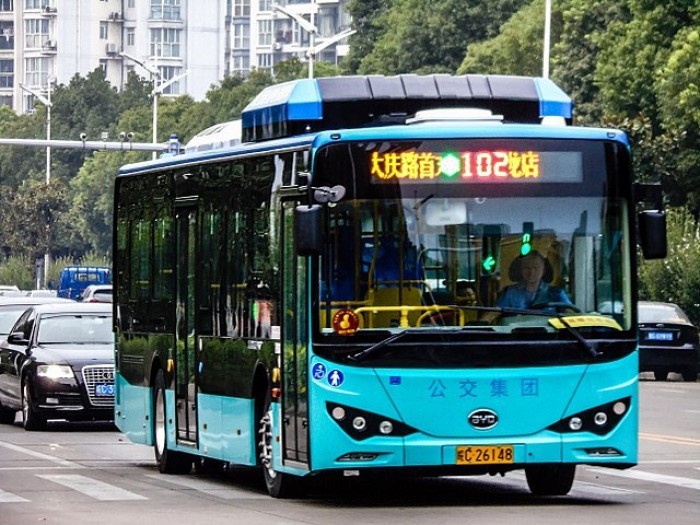
Which route should I take? I think buses in Xi’an should be used for long routes, going to places like The Terracotta Army, Huaqing Pool (Huaqing Palace), Huashan mountain… Bus trips within the inner city of Xi’an: Going to the city wall, going to the Bell Tower, Drum Tower… are ok but not the best means of transport due to time and traffic jams.
Disadvantages of taking the Xi’an bus: It’s not in English. So you will need to use Google Map and GPS to carefully check the locations you want to go to.
Metro
Xi’an is a large city in Northeast China, so rest assured that it has a Metro system. My Metro experience in Xi’an is actually not too much, but overall, it’s not difficult.
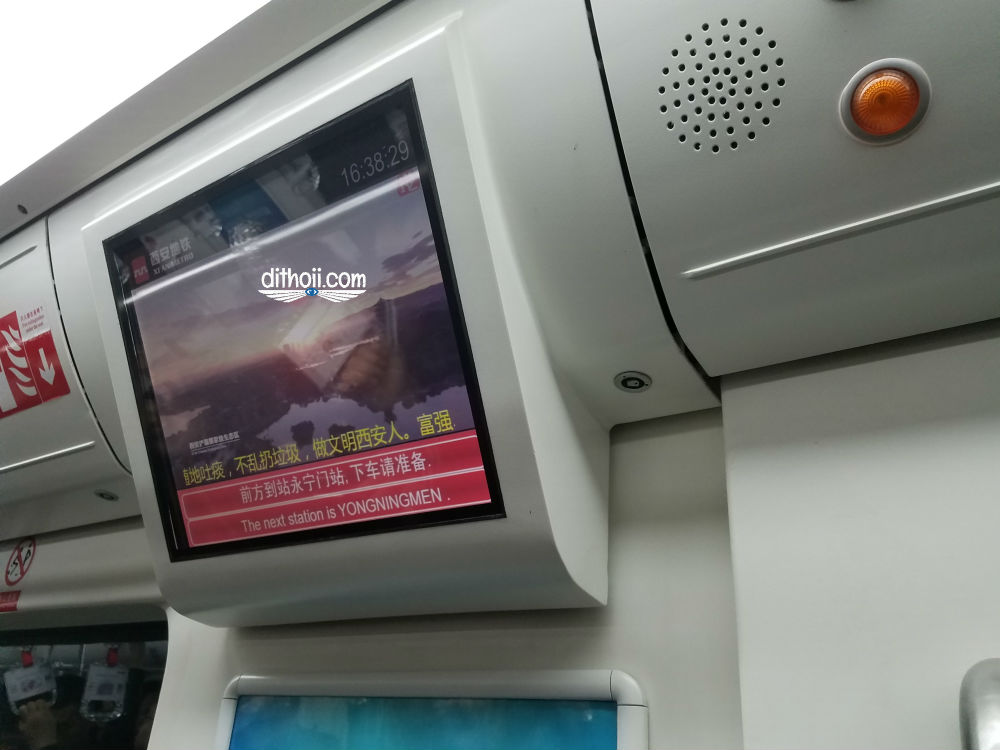
Ticket price: 2 yuan/short trip. 3-4 yuan/ long trip about 10-15km.
Which metro line should I take? Metro Xi’an has 5 lines but I only take Line 2 – this is also the line that goes through many worth visit tourist attractions in Xi’an. You should only take the Metro within the city of Xi’an, because it’s cheap + fast + because of the attractions along this route.
Does Metro have English? Yes. Metro Xi’an is quite modern, so it will be bilingual. Please rest assured when taking the metro in Xi’an.
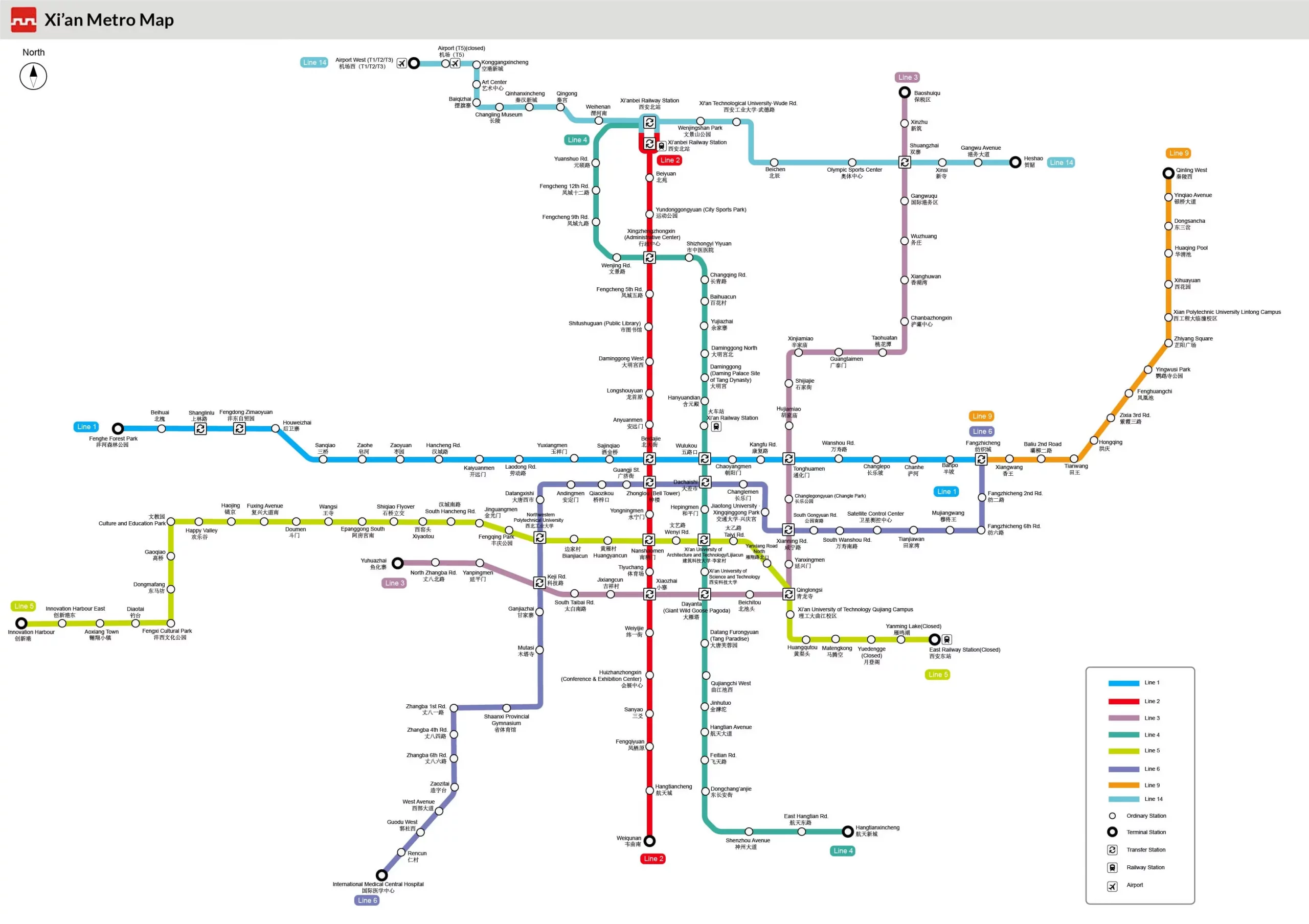
From Xi’an to other cities
Xi’an is an international gateway and also an important gateway to the Northwest and Northeast regions of China, so from this city you can go to many places:
Follow the Silk Road
Following in the footsteps of Middle Eastern merchants returning to the country from ancient Chang’an.
- Xinjiang: I can take the high-speed train to Urumqi but have to change train in Lanzhou and Xiling.
- Xiling: A fairyland with green mountains and hills in spring and summer, the yellow shine of maple trees in autumn and white snow on the top of high mountains.
- Dunhuang, Jiuquan, Yemen, Jiayuguan… Ancient towns belonging to the Silk Road.
- Zhangye Danxia: Unique landform with seven-color rainbow mountains glowing under the sunlight.
Take the high-speed trains to
- Luoyang: This city is very close to Xi’an! Taking the high-speed train only takes 1-2 hours.
- Beijing: The capital of China with thousands of years of history. From Xi’an to Beijing it takes 4 hours and 4 hours by high-speed train.
- Shanghai: Located in the golden triangle of Chinese tourism, connected to the prosperous Zhejiang region. The traveling time from Xi’an is just over 5 hours!
Where to go and what to do in Xian? (# xi an china guide)
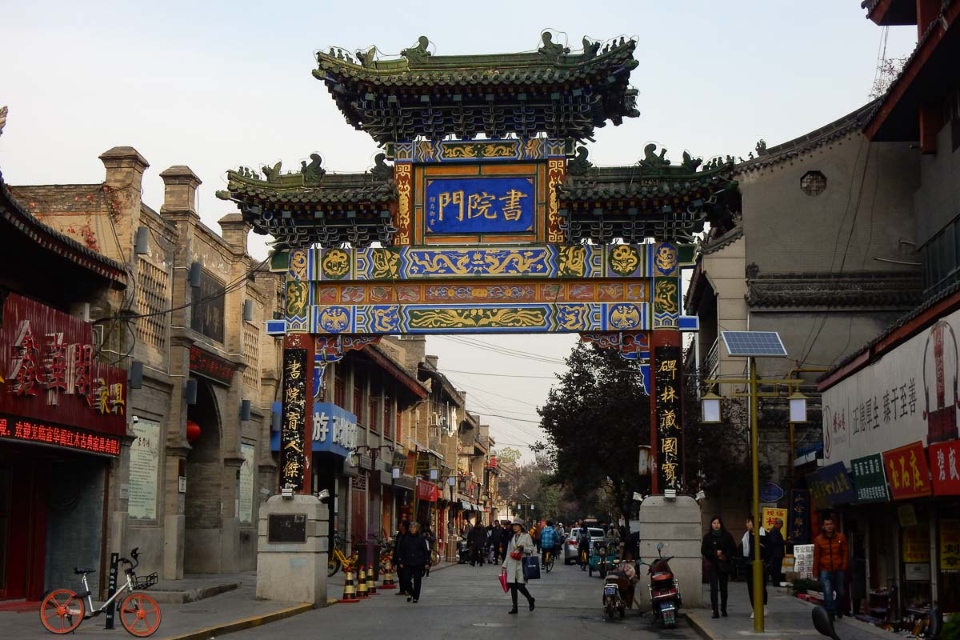
Xi’an is one of China’s first spearhead cultural tourism cities, with countless well-preserved historical relics of high archaeological value. There are 72 royal tomb and mausoleums around Xi’an, including the mausoleum of Qin Shi Huang, “China’s first emperor”, the ruins of the capital through the four dynasties of Zhou, Qin, Han and Tang, 11 tombs of Western Han emperors and 18 tombs of Tang emperors, Big Wild Goose Pagoda and Small Wild Goose Pagoda, Bell Tower and Drum Tower, 700 ancient buildings…
Daming Palace (# xian travel blog)
Address: 7XM5+4P8, Beibei District, Chongqing, China, 710015
Daming Palace, the main palace, capital and also the political center and national symbol of the Tang Dynasty, is located in Longshouyuan residential area, north of Chang’an (now Xi’an), Shaanxi, China.
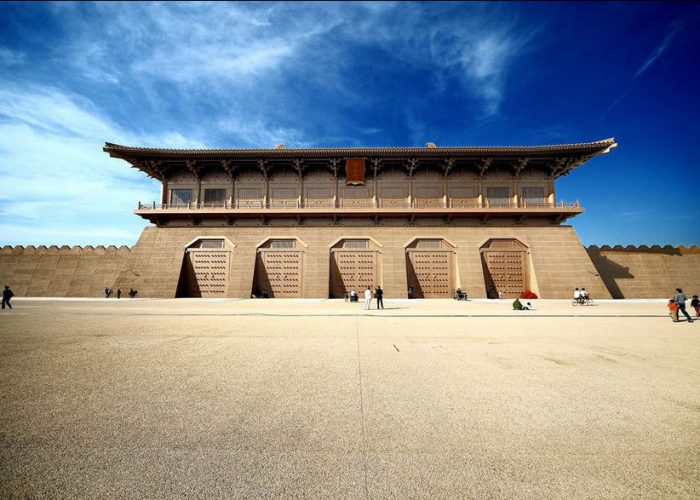
This is the greatest palace in Xi’an. The palace is a complex of monumental architectural works. The details are all intricately and delicately carved. Visiting Daming, you will be amazed by the art of Chinese feudal royal architecture. In 2010, the palace officially opened to welcome visitors. If you want to enter the main hall, you will have to buy tickets. As for the gardens and courtyards, it is completely free. Daming Palace is a living testament to the prosperous Tang Dynasty in ancient times. Not only that, Xi’an is also the eastern end of the Silk Road.
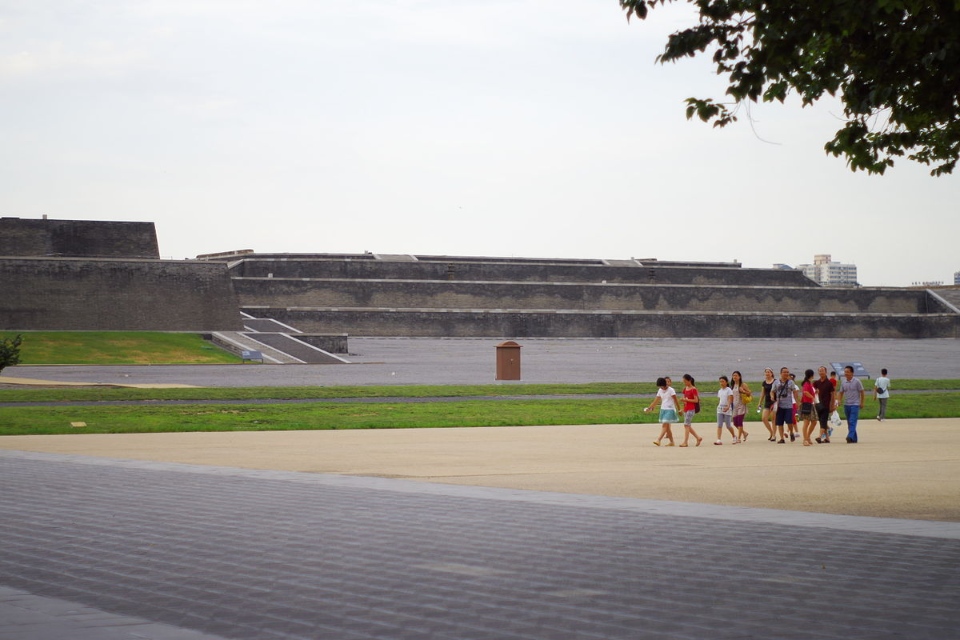
The Citadel (including Daming palace, Taiji Palace palace, Xuanzheng hall), the largest complex of palaces, is called “Three Inner Palaces”. For 204 years since the reign of Emperor Gaozong of the Tang Dynasty and 17 Tang Dynasty emperors, they have all used this place to handle court affairs. Daming Palace was the most magnificent palace complex in the Tang Empire, and it was also the largest palace complex in the world at the time.
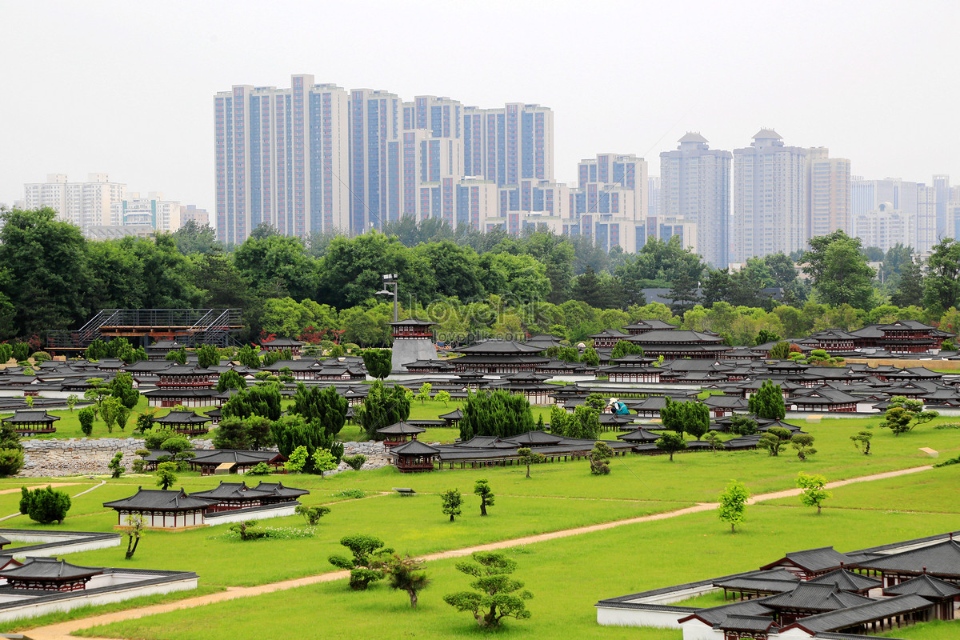

Daming Palace was first built in 634 in the reign of Emperor Taizong, with an area of about 3,200 square meters. The entire palace area can be divided into two parts: the front court is mainly used for court meetings, the inner palace is mainly used for living and holding banquets.
On March 4, 1961, Daming Palace was announced as a national key cultural relic in need of protection. In 2010, the Daming Palace National Heritage Park was established on the foundations of the original Daming Palace. On June 22, 2014, the ruins of Daming Palace were successfully included in the World Heritage List.
Weiyang Palace (# xi an china travel guide)
Address: 8V37+247, Weiyang, Xi’An, Shaanxi, China, 710086
Weiyang Palace was built in the Longshouyuan, the highest area in the city of Chang’an (now Xi’an) of the Han Dynasty. Because it is located on the west side of Anmen Street in Chang’an citadel, it is also known as called the West palace.
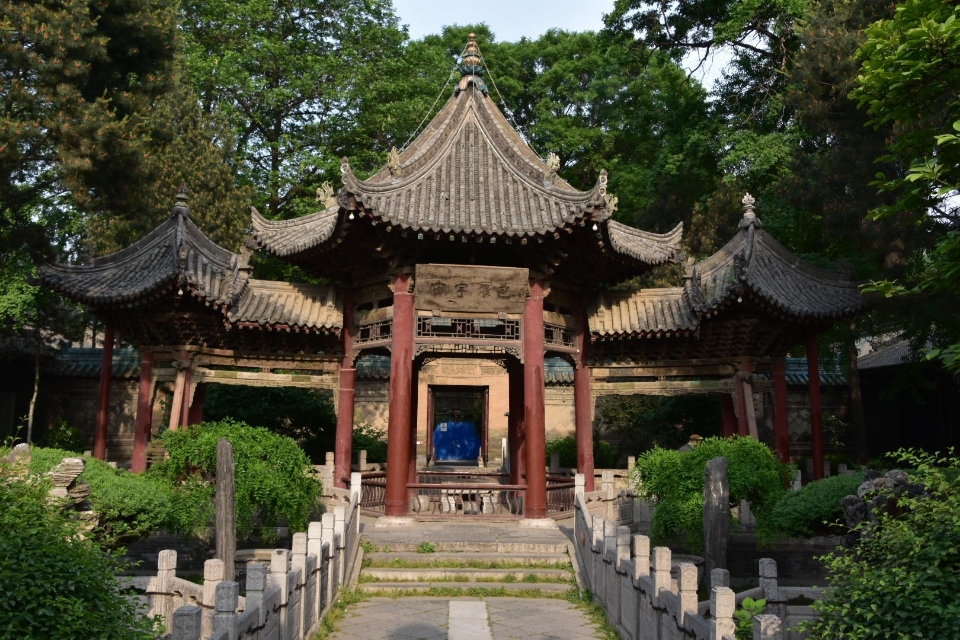
Weiyang Palace is the main palace, political center and national symbol of the Han Dynasty, built in the seventh year of Emperor Gaozu of the Han Dynasty with a total area of 5000 square meters. Since its inauguration, emperors of the Western Han Dynasty have lived here, and Weiyang Palace has been the government center of the Han Empire for more than 200 years.
After the Western Han Dynasty, Wei Yang Palace was still the place of governance of the Tianmeng, Western Jin, Early Zhao, Early Qin, Later Qin, Western Wei, Northern Zhou dynasties, and was part of the Forbidden Garden during the Sui and Tang dynasties. Wei Yang Palace has existed for 1041 years, is the palace used in the most dynasties and has existed the longest in the world.
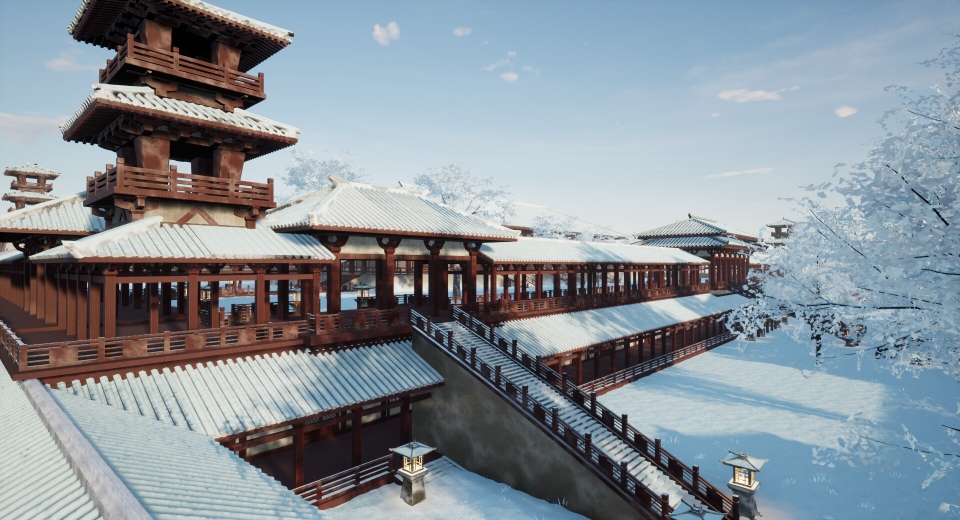
Wei Yang Palace was the eastern starting point of the Silk Road, in the second year of 139 BC, and was also the place that witnessed the outstanding development of the Han Dynasty in Chang’an when entering the process of trading on the Silk Road.
Along with the places listed above, Weiyang Palace also became a key national monument of China in 1961 and a World Heritage Site in 2014. Currently, tourists come here mainly to visit the Weiyang Palace Relics Park is because the precinct has many beautiful flowers and scenery, suitable for sightseeing and taking photos.
Emperor Qinshihuang’s Mausoleum Site Museum
Address: Lintong District, Xi’An, Shaanxi, China, 710612
Hours: 8:30 AM–5 PM
The Terracotta Warriors and Horses Museum of Qin Shi Huang is the most famous landmark in the ancient capital Xi’an. It is a key cultural relic of China, a national 5A tourist attraction, a first-class national museum, and a UNESCO world heritage site.
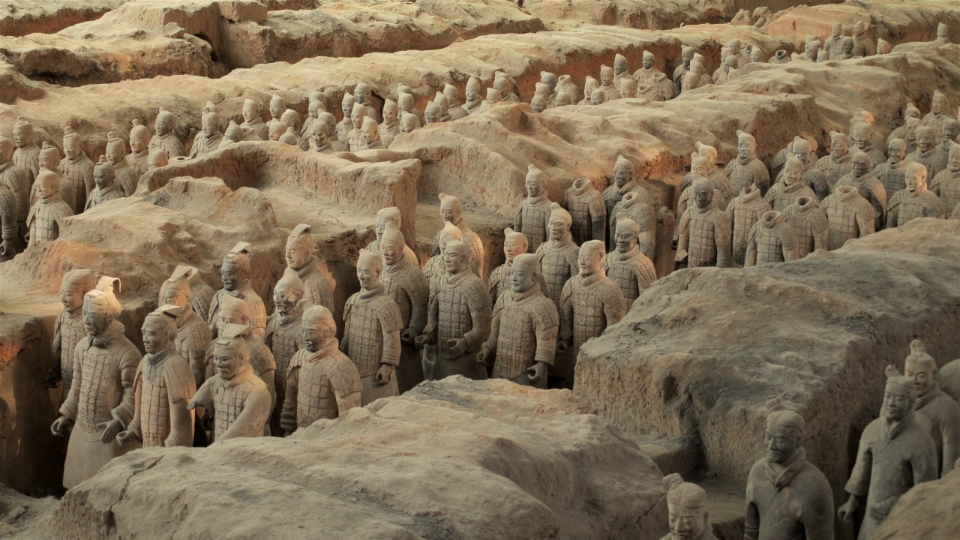
The Qin Shi Huang Terracotta Warriors Museum is located in Qinling Town, Lintong County, Xi’an City, Shaanxi Province, founded in November 1975 and opened in 1979. The museum has three terracotta warrior pits No. 1, No. 2 and No. 3 and horse pit. The three statue pits have an area of more than 20,000 square meters, with nearly 8,000 horse and warrior statues similar in size to real people and real horses. There are different types of weapons such as chariots, cavalry and infantry, arranged in an orderly manner.
Dubbed the “Eighth Wonder of the World”, the museum is one of the world’s most important archaeological discoveries, carrying a lot of historical and cultural values.
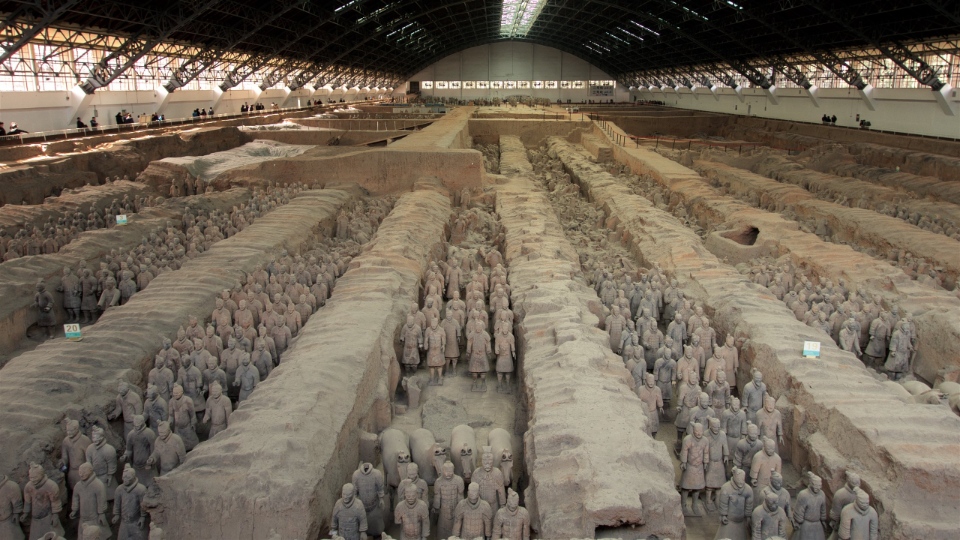
Qin Shi Huang’s mausoleum is located at the north of Lishan mountain, 35 km northeast Xi’an city, Shaanxi province. This is the mausoleum of China’s first emperor and a world cultural heritage and Chinese 5A-level scenic spot.

